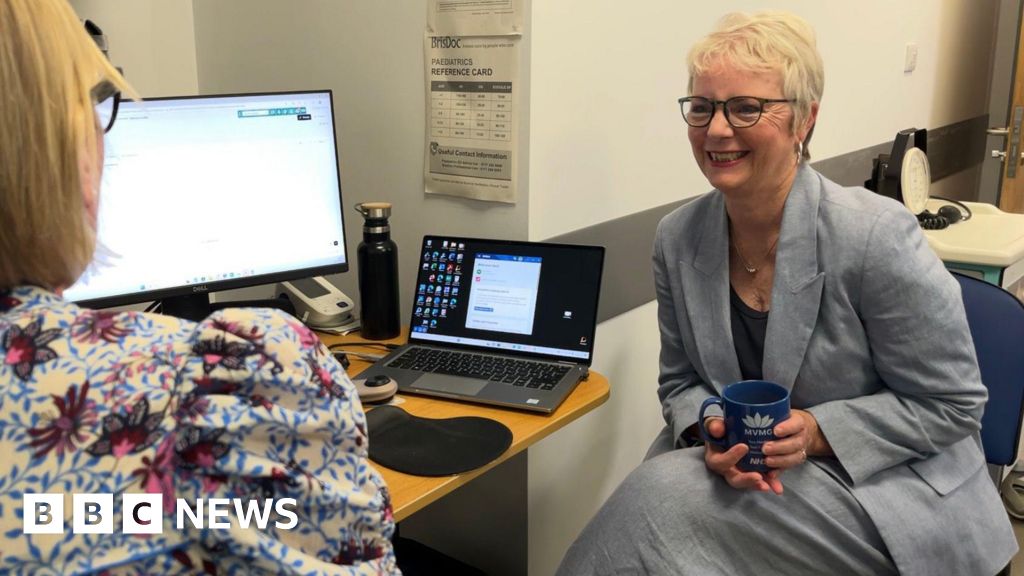Investments Through 2030 to Catalyze Innovation in Maternal, Menstrual, Gynecological, and Sexual Health for Women Globally
SEATTLE (August 4, 2025) – The Gates Foundation today announced a $2.5 billion commitment through 2030 to accelerate research and development (R&D) focused exclusively on women’s health. It will support the advancement of more than 40 innovations in five critical, chronically underfunded areas—particularly those affecting women in low- and middle-income countries.
“For too long, women have suffered from health conditions that are misunderstood, misdiagnosed, or ignored,” said Dr. Anita Zaidi, president of the Gates Foundation’s Gender Equality Division. “We want this investment to spark a new era of women-centered innovation—one where women’s lives, bodies, and voices are prioritized in health R&D.”
Women’s health R&D remains chronically underfunded. Areas such as gynecological and menstrual health, obstetric care, contraceptive innovation, sexually transmitted infections (STIs) solutions (including HIV PrEP for women), and maternal health and nutrition receive limited investment. According to a 2021 analysis, led by McKinsey & Company, just 1% of healthcare research and innovation is invested in female-specific conditions beyond oncology. Critical issues like preeclampsia, gestational diabetes, heavy menstrual bleeding, endometriosis, and menopause, which together affect hundreds of million women, remain deeply under-researched.
“Investing in women’s health has a lasting impact across generations. It leads to healthier families, stronger economies, and a more just world,” said Bill Gates, chair of the Gates Foundation. “Yet women’s health continues to be ignored, underfunded, and sidelined. Too many women still die from preventable causes or live in poor health. That must change. But we can’t do it alone.”
To close persistent gaps in funding and research, the foundation is urging governments, philanthropists, investors, and the private sector to co-invest in women’s health innovations, help shape product development, and ensure access to treatments for the women and girls who need them most.
“This is the largest investment we’ve ever made in women’s health research and development, but it still falls far short of what is needed in a neglected and underfunded area of huge human need and opportunity,” said Zaidi. “Women’s health is not just a philanthropic cause—it’s an investable opportunity with immense potential for scientific breakthroughs that could help millions of women. What’s needed is the will to pursue and follow through.”
The foundation’s investment will advance innovation across five high-impact areas of a woman’s lifespan:
- Obstetric care and maternal immunization: Making pregnancy and delivery safer
- Maternal health and nutrition: Supporting healthier pregnancies and newborns
- Gynecological and menstrual health: Advancing tools and research to better diagnose, treat, and improve gynecological health and reduce infection risk
- Contraceptive innovation: Offering more accessible, acceptable, and effective options
- Sexually transmitted infections (STIs): Improving diagnosis and treatment to reduce disproportionate burdens on women
Areas of breakthrough potential include research into the vaginal microbiome, first-in-class therapeutics for preeclampsia, and non-hormonal contraception. Included in the commitment are investments that will support data generation and advocacy to help ensure product uptake and impact upon approval.
The five priority areas were selected based on a combination of data and evidence about where innovation can save and improve the most lives, direct insights from women in low- and middle-income countries about their needs and preferences, and the persistently high rates of misdiagnosis caused by gaps in medical knowledge and training. They also reflect the unique challenges faced in low-resource settings, making these areas especially ripe for broader public and private investment to drive meaningful, scalable impact.
“We see the consequences of underinvestment in women’s health innovation every day when women suffer needlessly, and sometimes lose their lives, because of the gaps in how we understand and treat conditions that uniquely affect them,” said Dr. Bosede Afolabi, professor of obstetrics and gynecology at the College of Medicine, University of Lagos. “This commitment brings much-needed attention to the health challenges women face in places where resources are most limited and the burden is highest. It reflects a recognition that women’s lives—and the innovations that support them—must be prioritized everywhere.”
By addressing long-standing gaps in women’s health, the investment aims to unlock broader social and economic gains. Research shows that every $1 invested in women’s health yields $3 in economic growth, and closing the gender health gap could boost the global economy by $1 trillion per year by 2040.
This work supports the foundation’s long-term goals through 2045: helping to end preventable deaths of moms and babies; ensuring the next generation grows up without having to suffer from deadly infectious diseases; and lifting millions of people out of poverty, putting them on a path to prosperity. It builds on a 25-year legacy of advancing maternal and child health and supporting women’s empowerment globally. The R&D commitment complements the foundation’s work supporting the scale-up and delivery of women’s health commodities, vaccines such as the HPV vaccine, and child health.
About the Gates Foundation
Guided by the belief that every life has equal value, the Gates Foundation works to help all people lead healthy, productive lives. In developing countries, we work with partners to create impactful solutions so that people can take charge of their futures and achieve their full potential. In the United States, we aim to ensure that everyone—especially those with the fewest resources—has access to the opportunities needed to succeed in school and life. Based in Seattle, Washington, the foundation is led by CEO Mark Suzman, under the direction of Bill Gates and our governing board.
Media contact: [email protected]
Additional materials are available here: Women’s Health Innovation Materials
Source link


